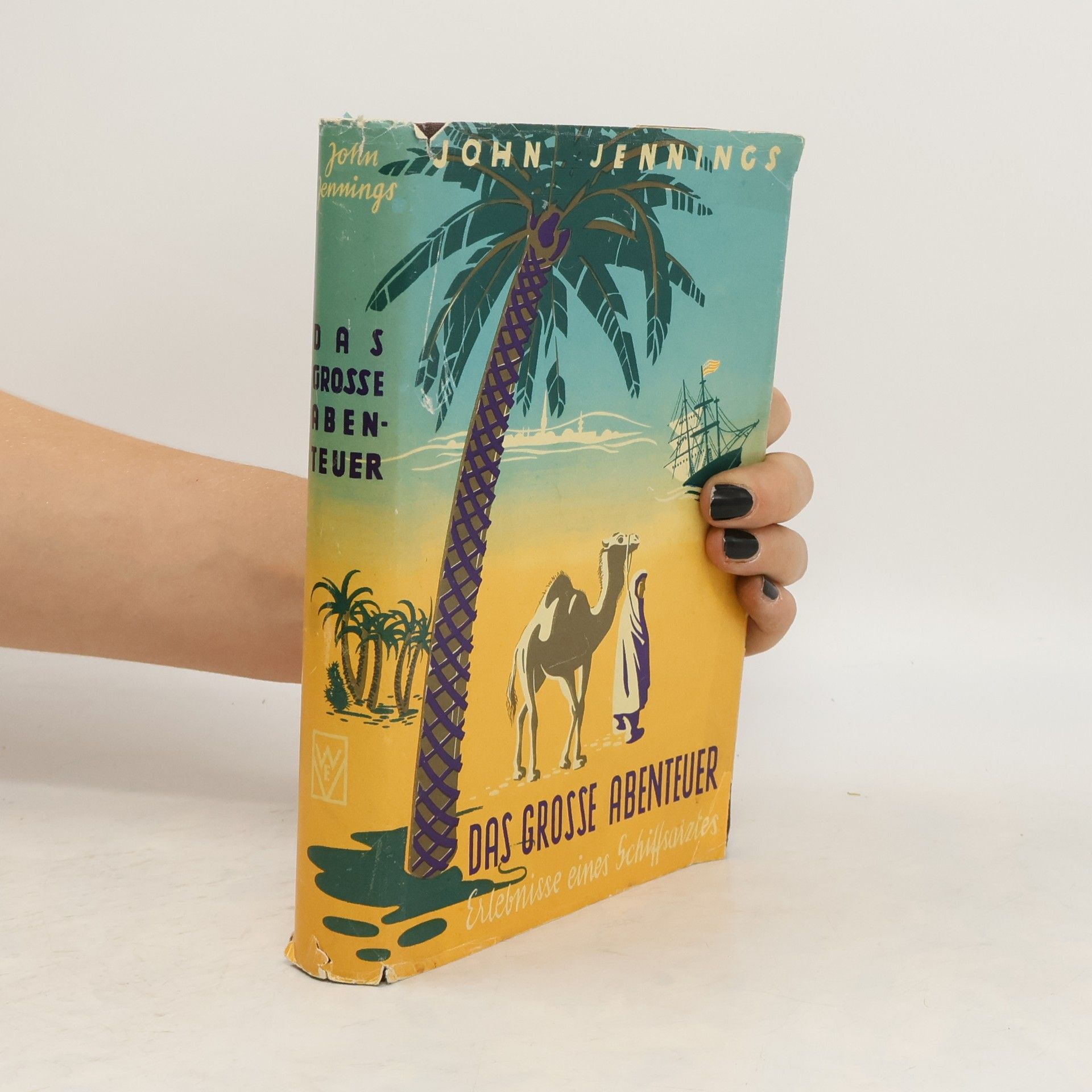John Jennings Bücher




A ghost from the past, returned to haunt Norrin Radd! Toni Brooks and her family have moved into the quiet town of Sweetwater. But nothing is quite what it seems with their new home. What mystery did Toni and her family unravel that would summon the Sentinel of the Spaceways, the Silver Surfer?! The Surfer thought he buried his friend, the human named Al Harper, years ago - but he thought wrong! Can the Surfer save Al from succumbing to his newfound cosmic abilities? And who - or what - transformed Al into the otherworldly Ghost Light? Eisner Award winner John Jennings and acclaimed artist Valentine De Landro introduce a new Marvel super hero, 54 years in the making! But can even two cosmic powerhouses save the town of Sweetwater?! Collecting SILVER SURFER: GHOST LIGHT #1-5.
The first-ever middle-grade anthology from Marvel Comics, featuring all-new comics stories by 15 all-star cartoonists Welcome to the Marvel Universe and the World Outside Your Window! The first volume in a brand-new middle-grade anthology series with Marvel Comics, edited by John Jennings. All of your favorite Marvel super heroes are here in all-new six page stories written and illustrated by some of the biggest names in comics for young readers. These mighty team-ups include-- Black Panther: Jerry Craft (New Kid), Wiccan: Mike Curato (Flamer), Miles Morales Spider-Man: C. G. Esperanza (Soul Food Sunday), Iron Man: John Gallagher (Max Meow), Shang-Chi: Gale Galligan (The Baby-Sitters Club), the Hulk: Chris Giarrusso (G-Man), Spider-Man: Nathan Hale (Nathan Hale's Hazardous Tales), Captain America: Michael Lee Harris (Choco Leche), Hawkeye: Ben Hatke (Zita the Spacegirl), Ms. Marvel: Priya Huq (Piece by Piece: The Story of Nisrin's Hijab), Daredevil: John Jennings (Kindred: The Graphic Novel Adaptation), Thor and Loki: George O'Connor (The Olympians), Namor: Lincoln Peirce (Big Nate), Squirrel Girl: Maria Scrivan (Nat Enough), and Ghost Spider: Jessi Zabarsky (Witchlight). This renowned roster takes a fun, fresh look at Marvel's greatest super heroes, delivering all-new comics for fans of all ages.
12 Funkdafied Tales of Terror! In partnership with Second Sight Publishing, Dark Horse Comics is proud to present, Shook! A Black Horror Anthology. With over 190 pages of terrorizing material, the anthology is filled with stories from a range of award-winning Black writers and artists. Stemming from a love of Southern gothic horror, this anthology boasts a cadre of award winning or nominated writers representing awards such as the Will Eisner Awards, the Ringo Awards, the Hugo Awards, and is the largest collection of Glyph Comics Awards winners and nominees in a single publication. Including work by David Walker (Bitter Root, Black Panther Party), John Jennings (Kindred, The Blacker the Ink), Rodney Barnes (Killadelphia), and more! So, sit back and follow us on this journey of terror, suspense, nightmares, and the darkest depths of FEAR!!!!